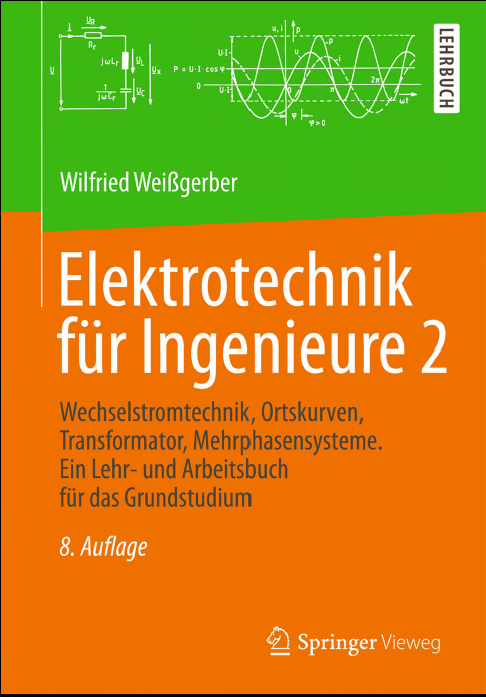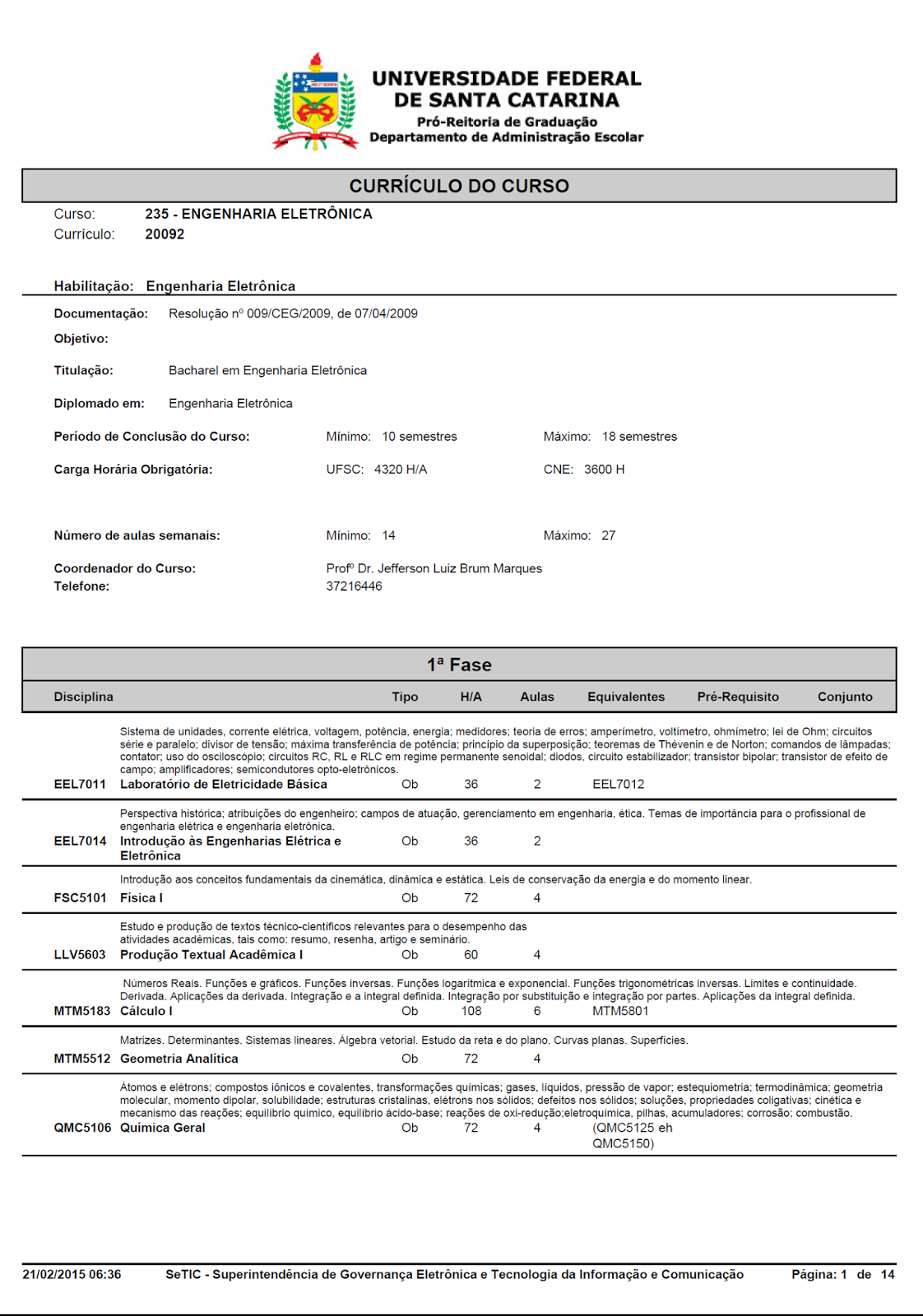terça-feira, 3 de março de 2015
Power Your Life seminar STMicroelectronics BRAZIL-ENG. ROGERIO BUENO-São Paulo – SP March 3, 2015
Power Your Life Seminar Brazil The Power Your Life Seminar goes beyond product presentation and combines new advanced concepts, basic design principles and “real world” application examples. Don’t miss this chance to discover and ask the leading industry experts your questions to help you with your next design.
Mark your calendars and join us on March 3rd or 5th , 2015 If you have a myST account, click HERE to register NOW. If you do not have a myST account, click HERE to create your account. Seminar Agenda Time Topic 9:00 AM - 9:45 AM Evolution in PFC topologies 9:45 AM - 10:45 AM Fundamentals of LLC 10:45 AM – 11:00 AM Break 11:00 AM - 11:45 AM Primary side sensing techniques: design issues and implementation 11:45 AM - 12:30 AM Understanding of Power MOSFET failure mechanisms and causes 12:30 AM - 1:30 PM Lunch 1:30 PM - 2:15 PM Optimizing the flyback topology for efficiency and standby power 2:15 PM - 3:00 PM Concepts in Digital Power Control 3:00 PM - 3:15 PM Break 3:15 PM - 5:00 PM Digital Power Control Workshop With live demonstration of development tools Seminar Details
Locations: City Date Location São Paulo – SP March 3, 2015 Golden Tower Hotel Rua Dep. Lacerda Franco, 148 – Pinheiros CEP 05418-000 Phone - 5511 3094-2200
sexta-feira, 27 de fevereiro de 2015
DESIGN AND IMPLEMENTATION OF A CURRENT SOURCE CONVERTER BASED ACTIVE POWER FILTER FOR MEDIUM VOLTAGE APPLICATIONS THESIS SUBMITTED TO THE GRADUATE SCHOOL OF NATURAL AND APPLIED SCIENCES OF MIDDLE EAST TECHNICAL UNIVERSITY BY ALPER TERC˙IYANLI
DESIGN AND IMPLEMENTATION OF A CURRENT SOURCE CONVERTER BASED ACTIVE POWER FILTER FOR MEDIUM VOLTAGE APPLICATIONS
Terciyanlı, Alper Ph.D., Department of Electrical and Electronics Engineering Supervisor : Prof. Dr. Muammer Ermis¸ Co-Supervisor : Prof. Dr. Is¸ık C¸ adırcı March 2010, 179 pages
This research work is devoted to the design, development and implementation of a Current Source Converter (CSC) based Active Power Filter (APF) for Medium Voltage (MV) applications. A new approach has been proposed to the design of the CSC based APF for reducing the converter kVA rating considerably. This design approach is called the Selective Harmonic Amplification Method (SHAM), and is based on the amplification of some selected harmonic current components of the CSC by the input filter, and the CSC control system, which is specifically designed for this purpose. The proposed SHAM has been implemented on the first industrial CSC based APF for the elimination of 11th and 13th current harmonics of 12-pulse rectifiers fed from Medium Voltage (MV) underground cables in order to comply with IEEE Std. 519-1992. 450 kVA rated APF with only 205 kVA CSC rating has been connected to the MV bus via a coupling transformer of 1600kVA, 34.5/1.1 kV. The power stage of the CSC based APF is composed of water-cooled high voltage IGBT and diode modules. Reference currents to be generated by the CSC are obtained by the use of a selective ha harmonic component. An Active damping method is also used to suppress the oscillations around the natural frequency of the input filter, excluding the harmonic components to be eliminated by APF. Simulation and field test results have shown that SHAM can successfully be applied to a CSC based APF for reduction of converter kVA rating, thus making it a cost-competitive alternative to voltage source converter based APFs traditionally used in industry applications.
LINK ORIGINAL
http://etd.lib.metu.edu.tr/upload/12611767/index.pdf
quinta-feira, 26 de fevereiro de 2015
Model Predictive Control of Power Electronics Converter - Jiaying Wang - Master of Science in Electric Power Engineering Norwegian University of Science and Technology
Abstract
Voltage-source PWM (Pulse Width Modulation) rectifier can provide constant DC bus voltage and suppress harmonic distortion of grid-side currents. It also has power feedback capability and has a broad prospect in the field of DC power supply [1], reactive power compensation, active filtering and motor control system. This dissertation studies the theory and implementation of PWM rectifier and completes the following tasks: 1. Analyze three-phase voltage-source PWM rectifier (VSR), including its topology, mathematical model and principle. Derive Clarke transformation and Park transformation and analyze the mathematical model in the two-phase αβ stationary coordinate and dq rotating coordinate. 2. Make a detailed analysis on the principle and characteristics of Direct Power Control (DPC) strategy and Model Predictive Control (MPC) strategy and study the instantaneous active power and reactive power flow in the rectifier. 3. Based on the principle of traditional switching table of DPC, an improved table is proposed. Then this project presents a further improved switching table to achieve better control performance and the simulation model in Matlab/Simulink environment is established to verify the algorithm of voltage-oriented direct power control strategy. 4. Based on different strategy studies and the simulation results from DPC system, propose our model predictive control (MPC) algorithm. 5. Analyze the modulation principle of the space vector pulse width modulation (SVPWM). 6. Build the MPC-SVPWM model in Matlab/Simulink to verify our MPC algorithm. 7. The simulation result shows that MPC-SVPWM performs better in harmonic suppression, unity power factor, DC output voltage ripple coefficient and dynamic response than DPC. Key words: PWM rectifier, unity power factor, direct power control, model predictive control,
LINK
http://www.diva-portal.org/smash/get/diva2:566308/FULLTEXT01.pdf
Voltage-source PWM (Pulse Width Modulation) rectifier can provide constant DC bus voltage and suppress harmonic distortion of grid-side currents. It also has power feedback capability and has a broad prospect in the field of DC power supply [1], reactive power compensation, active filtering and motor control system. This dissertation studies the theory and implementation of PWM rectifier and completes the following tasks: 1. Analyze three-phase voltage-source PWM rectifier (VSR), including its topology, mathematical model and principle. Derive Clarke transformation and Park transformation and analyze the mathematical model in the two-phase αβ stationary coordinate and dq rotating coordinate. 2. Make a detailed analysis on the principle and characteristics of Direct Power Control (DPC) strategy and Model Predictive Control (MPC) strategy and study the instantaneous active power and reactive power flow in the rectifier. 3. Based on the principle of traditional switching table of DPC, an improved table is proposed. Then this project presents a further improved switching table to achieve better control performance and the simulation model in Matlab/Simulink environment is established to verify the algorithm of voltage-oriented direct power control strategy. 4. Based on different strategy studies and the simulation results from DPC system, propose our model predictive control (MPC) algorithm. 5. Analyze the modulation principle of the space vector pulse width modulation (SVPWM). 6. Build the MPC-SVPWM model in Matlab/Simulink to verify our MPC algorithm. 7. The simulation result shows that MPC-SVPWM performs better in harmonic suppression, unity power factor, DC output voltage ripple coefficient and dynamic response than DPC. Key words: PWM rectifier, unity power factor, direct power control, model predictive control,
LINK
http://www.diva-portal.org/smash/get/diva2:566308/FULLTEXT01.pdf
Design and Control of a DC Collection Grid for a Wind Farm-LENA MAX-Department of Energy and Environment CHALMERS UNIVERSITY OF TECHNOLOGY Goteborg, Sweden 2009
Design and Control of a DC Collection Grid for a Wind Farm LENA MAX Department of Energy and Environment Chalmers University of Technology
Abstract
In this thesis, the internal DC collection grid for a wind farm is investigated regarding the design, losses and dynamic operation for both normal operating conditions and for different fault conditions. The main advantage for the DC collection grid is the considerably lower weight of the 1 kHz transformers in the DC/DC converters compared to the equivalent 50 Hz transformers. For a wind farm with 48 2.3 MW wind turbines, and a DC/DC converter in each turbine as well as a main DC/DC converter for the whole wind farm, the losses for the DC system are 3 % of the transferred power, which is similar to the losses of a corresponding AC collection grid. For the dynamic control of the wind farm, the DC/DC converters control the power flow in the wind farm and thereby also the voltage levels for the 1.5 kV DC link in the turbine as well as for the 32 kV DC collection bus. For the limited bandwidth resulting from the switching frequency 1 kHz and the maximum voltage deviations of 5 % for the DC voltages, the required capacitances are 152 mF for the DC link in the wind turbine and 16 mF for the DC bus, both giving a stored energy corresponding to 74 ms transferred rated power. In the case of a fault in the connecting main grid, the output power from the wind farm must be decreased. Here, assuming that the excess power is dissipated in each turbine, the detection of the fault as well as the disconnection and the reconnection of the wind farm are investigated. The requirements for the HVDC link to avoid over voltages during a grid fault are stated and it is also shown that the reconnection can be done within 14 ms, which is well within the time specified in existing grid codes. Further, the behavior of the system during internal faults for the DC bus is investigated. Methods for detecting and finding the location of the faults are determined, and it is shown that a faulted part can be disconnected and the non-faulted parts reconnected within 300 ms without using fully rated DC breakers. Index Terms: DC/DC converter, DC collection grid, loss evaluation, wind energy, control design, fault handling. iii
LINK FULL PAPER
http://publications.lib.chalmers.se/records/fulltext/101249/101249.pdf
A Simple procedure to evaluate the efficiency and power density of power conversion topologies for offshore wind turbines Rene Barrera-Cardenas,∗ , Marta Molinas Department of Electric Power Engineering, Norwegian University of Science and Technology, NO-7491, Trondheim, Norway
Abstract
The prospective development of the offshore wind energy conversion system is mainly promoted by demand for higher efficiency and power density. This paper describes a simple procedure to calculate the efficiency and power density of power conversion systems for offshore wind turbines. The proposed method can be used as starting point into the linear design process to calculate the losses in semiconductors and transformer as well as the volume of main elements. With the losses and volumes, efficiency and power density can be calculated. In order to illustrate the evaluation procedure, the reduced matrix converter with single-phase transformer is considered like example topology. The Efficiency-Power-density Pareto Front is obtained for a set of design parameters. The methodology is eminently suitable for comparison of power converter with different topologies. © 2012 Published by Elsevier Ltd.
LINK FULL PAPER
http://www.sciencedirect.com/science/article/pii/S1876610212011423
domingo, 22 de fevereiro de 2015
sábado, 21 de fevereiro de 2015
SYLLABUS DE CURSOS GRADUAÇÃO ENGENHARIA ELETRÔNICA UNIVERSIDADE FEDERAL SANTA CATARINA BRASIL
LISTA COMPLETA DE TODOS OS CURSOS ENGENHARIA ELETRÕNICA UNIVESIDADE FEDERAL DE SANTA CATARINA DURANTE OS 10 SEMESTRES
LINK
http://cagr.sistemas.ufsc.br/relatorios/curriculoCurso?curso=235
Assinar:
Postagens (Atom)



























































 JOSIL ARTISTA PLASTICO FORTALEZA CEARA BRASIL AV.HERACLITO GRAÇA 41 TEL(85)32542378
JOSIL ARTISTA PLASTICO FORTALEZA CEARA BRASIL AV.HERACLITO GRAÇA 41 TEL(85)32542378
















